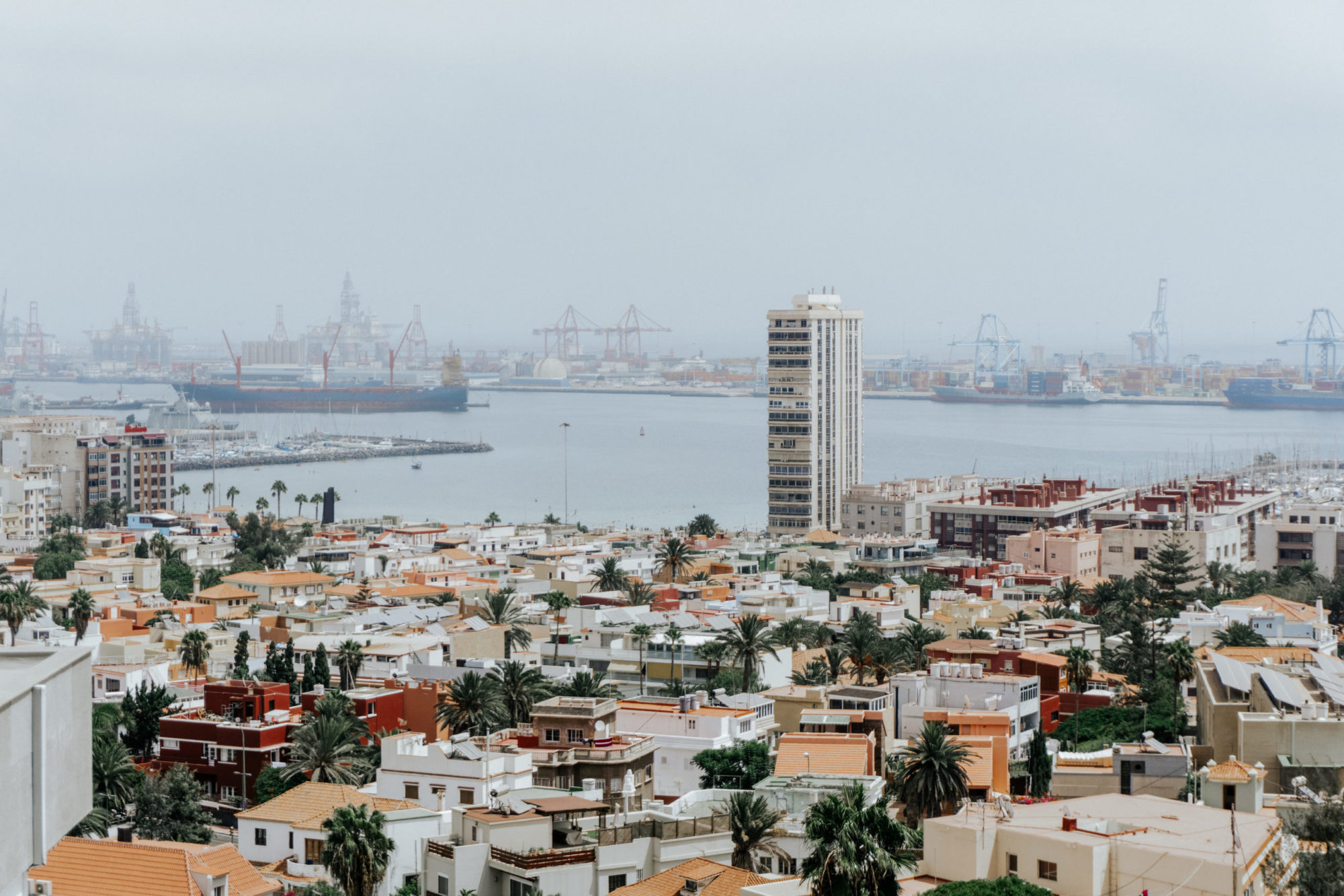The Israel-Palestinian conflict has been one of the world’s most enduring active conflicts, with the Israeli occupation of the West Bank and the Gaza Strip reaching 53 years. The recent violence in the area has further exacerbated large humanitarian implications as well as a complicated peace.
History of the Conflict
Before exploring the most recent events, it is important to understand the conflict’s history. Though both Jews and Arab Muslims date their claims to the land back a couple of thousand years, the current political conflict began in the early 20th century. Jews fleeing persecution in Europe wanted to establish a national homeland in what was then an Arab- and Muslim-majority territory. The Arabs resisted, seeing the land as rightfully theirs. Due to a failed UN plan, Israel and the Arab nations fought several wars over the territory. Today’s lines largely reflect the outcomes of two of these wars, one waged in 1948 and another in 1967.
The 1967 war is particularly important for recent conflict, as it left Israel in control of the West Bank and Gaza Strip, two territories home to large Palestinian populations.
Humanitarian Implications of the Current Conflict
Even before the violence in May, the humanitarian situation in the Gaza strip remained dire. There was increasing poverty, unemployment, food insecurity, and sporadic outbreaks of violence. In the West Bank, the demolition of Palestinian-owned structures and settler violence remained and continue to remain high.
The nine-day battle between Hamas militants and the Israeli military has damaged 17 hospitals and clinics in Gaza. It wrecked its only coronavirus test laboratory and broke water pipes serving at least 800,000 people, setting off a humanitarian crisis that is affecting about two million people.
Sewage systems inside Gaza have been destroyed. A desalination plant that helped provide fresh water to 250,000 people in the territory is offline. Dozens of schools have been damaged or closed, forcing some 600,000 students to miss classes. Some 72,000 Gazans have been forced to flee their homes. Including dozens of children, at least 213 Palestinians have been killed.
The level of destruction and loss of life in Gaza has underlined the humanitarian challenge in the enclave, already suffering under the weight of an indefinite blockade by Israel and Egypt even before the conflict.
At least 12 Israeli residents have been killed in the conflict, and 300 wounded; the latest were two Thai citizens who were hit by a rocket strike Tuesday afternoon. More than 1,000 Gazans have been wounded in the Israeli offensive, so damage to hospitals and clinics was especially dangerous.
Hamas fighters operate from an extensive network of tunnels under Gaza. The people caught in between suffer the most calamitous losses as Israeli warplanes drop bombs aimed at destroying that network.
Hamas, which has fired more than 3,000 rockets at Israeli cities and towns, is committing war crimes, legal experts say, though its weapons are far less effective and their toll far lower.
The Gaza Strip hosts 2.2 million people with limited infrastructure. Escape is impossible due to travel routes controlled by Egypt and Israel. As a result of the ongoing military airstrikes on Gaza and the violence in the West Bank including East Jerusalem, at least 220 people have been killed, among them are 58 children, and 6,300 have been injured.
Many Palestinians also face the risk of forcible transfer. Violence in part exacerbated by the most recent threats of forced removal is escalating each day. Forced removal of Palestinians, home demolitions, and the ongoing confiscation of Palestinian properties have put 970 people, including 424 children, at risk of displacement, and de-facto expulsion from the city.
Necessary Solutions
With the ongoing violence, looking to the future and creating stable and salient solutions are necessary for moving forward.
From the perspective of the US, a key Israeli ally, Secretary of State Antony Blinken pledged on a Middle East mission on Tuesday that Washington would provide new aid to help rebuild Gaza as part of efforts to bolster a ceasefire between its Islamist Hamas rulers and Israel.
Blinken said the United States would advance the process of reopening its Jerusalem consulate that had served as its diplomatic channel to the Palestinians.
Speaking alongside Palestinian President Mahmoud Abbas, Blinken said the United States would provide an additional $75 million in development and economic aid to the Palestinians in 2021, $5.5 million in immediate disaster relief for Gaza, and $32 million to the U.N. Palestinian aid agency based there.
The Brookings Institute released a report that outlined important steps the US should take in mediation between the two states, arguing that U.S. policy should focus on the following three central lines of effort:
- Tackle pressing issues that threaten any possibility of progress in addressing the conflict and keep the United States from playing a constructive role.
- Pursue concrete steps to meaningfully improve freedom, security, and prosperity for Israelis and Palestinians, and advance the prospects of an agreed two-state solution to the conflict over the medium term.
- Reshape the U.S. role for greater persistence and impact, through adjusting both how the United States engages with the parties and the rest of the world on this issue, and how its policymaking process is organized.
Finding a peaceful solution given this sensitive conflict has been difficult. However, it is through important mediation via the US and the international community as well as genuine goals towards peace to effectively create a more stable Middle East.
- Racial Disparity in the Cannabis Industry - July 9, 2021
- Where do Your Flowers Come From? The Thorns of the Colombian Cut Flower Industry - June 25, 2021
- A Need for Systemic Solutions Beyond Decriminalization of Marijuana - June 18, 2021
